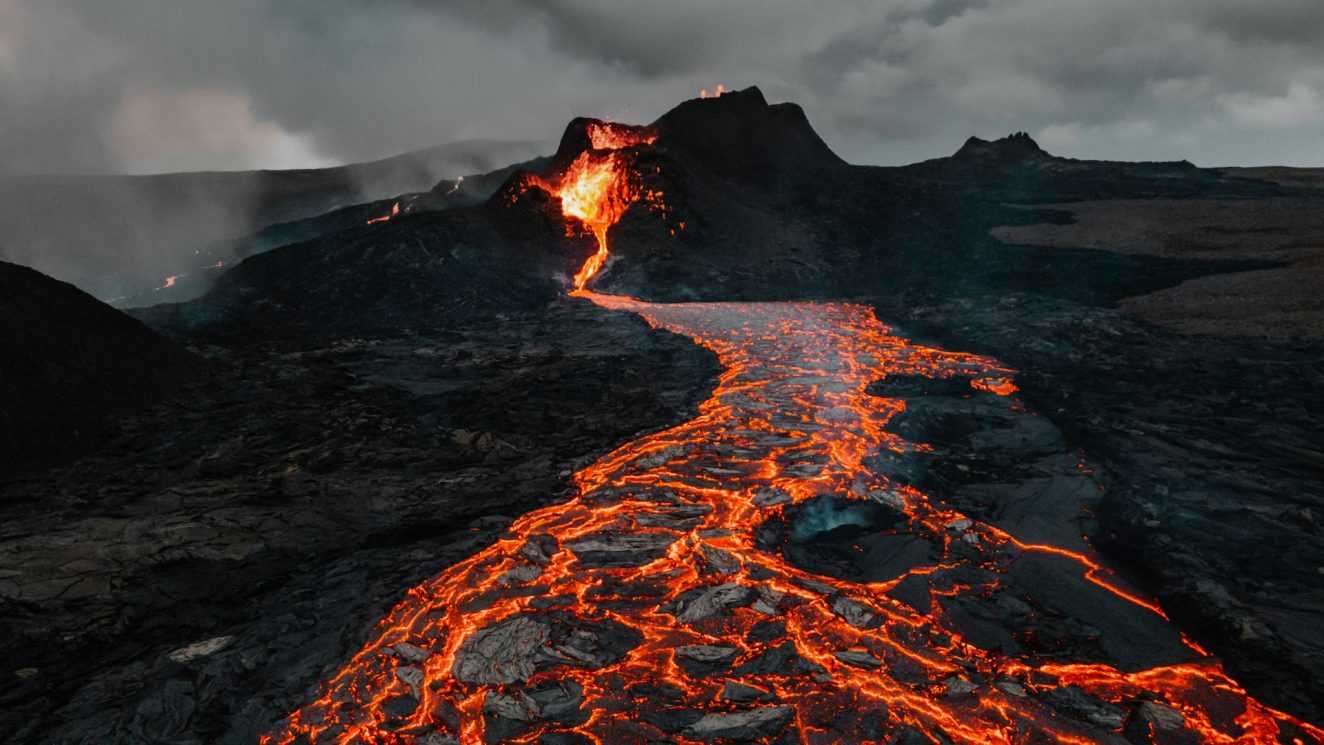In today’s article, we delve into the fiery world of volcanic eruptions! With scientists in Iceland issuing warnings of imminent volcanic activity, it’s high time we uncover the explosive secrets lurking beneath the Earth’s surface. From bubbling magma to cascading lava, let’s discover the mysteries of these unbelievable natural phenomena.

The Birth of a Volcano
Ever wondered how volcanoes come into existence? It all begins deep below the Earth’s crust, where molten rock, known as magma, lurks in the shadows. When this molten rock finds a way to the surface through cracks in the Earth’s crust, it unleashes a fiery spectacle that we know as a volcanic eruption.
As the magma rises, pressure builds within the Earth, creating a volatile concoction that’s just waiting to burst forth in a fiery display. When it finally breaks free, it solidifies into the lava that forms the foundation of new volcanic landscapes.
Triggering the Fury
But what sets off these explosive events? The answer lies in the intricate dance of tectonic plates that make up the Earth’s crust. When these colossal plates shift and collide, they create seismic disturbances known as earthquakes. These seismic waves can open fissures in the Earth’s crust, providing an escape route for the pent-up magma below.

The Explosive Showdown
When it comes to volcanic eruptions, not all are created equal. At destructive tectonic boundaries, composite volcanoes reign supreme, unleashing a torrent of sticky, viscous lava that’s prone to explosive outbursts. These eruptions can blanket the surrounding landscape in a deadly shower of ash and rock, posing a grave threat to nearby communities.
In contrast, shield volcanoes, which form at constructive tectonic boundaries, produce a gentler, albeit no less impressive, eruption. With their thin, runny lava, shield volcanoes can cover vast swathes of land in a blazing river of molten rock, creating new landscapes in their wake.
Aftermath and Opportunities
But what happens once the smoke clears and the lava cools? While volcanic eruptions can wreak havoc on local communities, they also offer unexpected opportunities for growth and renewal. The fertile soils left behind by volcanic ash can nourish thriving ecosystems and support bountiful harvests. Additionally, the stunning landscapes created by volcanic activity can attract tourists from far and wide, providing a boon to local economies.
Did You Know? Fun Facts About Volcanoes
- The world’s largest active volcano, Mauna Loa in Hawaii, covers an astounding 2,035 square miles and is part of a chain of five volcanoes on Hawaii’s Big Island.
- According to the British Geological Survey, there are more than 1,500 active volcanoes on Earth, each with its own unique personality and eruption style.
- Magma, the molten rock beneath the Earth’s surface, becomes lava once it reaches the surface and cools. With temperatures exceeding 1,000°C, lava is a force to be reckoned with.

Now you know the explosive truth about what happens when a volcano erupts. From the fiery depths of the Earth to the breathtaking landscapes that emerge in their wake, volcanoes are a powerful reminder of the strong forces that shape our planet.





